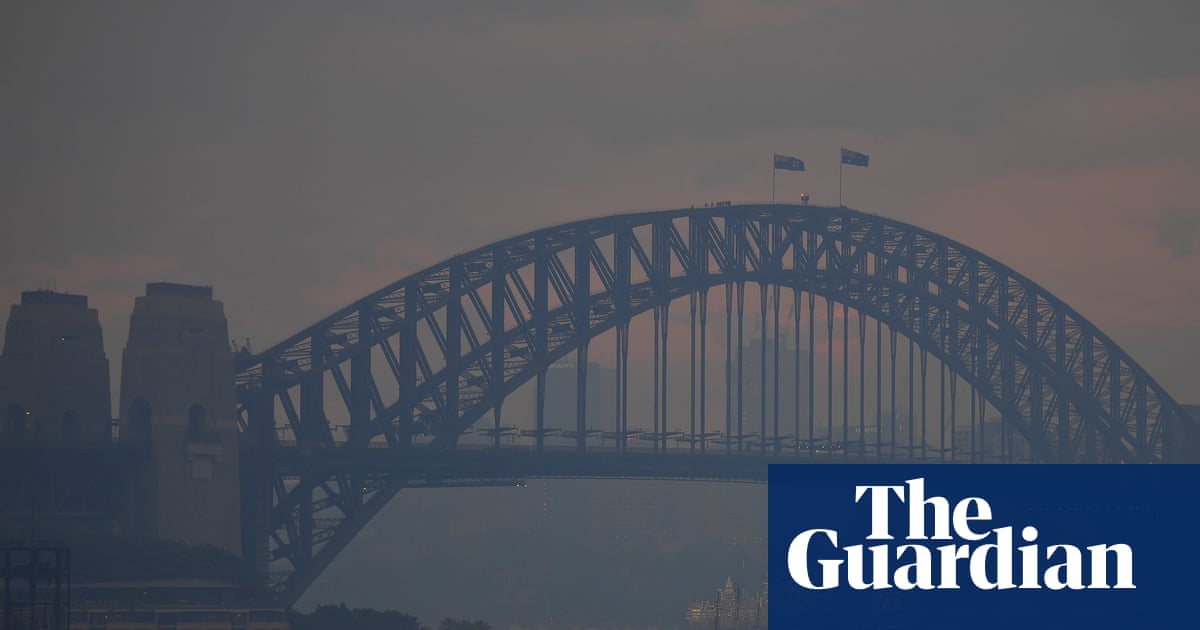The number of heat-related deaths in Sydney could surge by almost 450% if global heating surpasses 3C, according to a landmark report that finds no Australian community would be immune from the “cascading, compounding and concurrent” risks of a worsening climate.
The report also lays bare the heightened risk from rising sea levels on Australia’s populous coastal communities, including flooding, erosion and inundation.
It found that by 2050, 1.5 million coastal residents would be at risk, rising to more than 3 million by 2090.
The federal government on Monday released the long-awaited national climate risk assessment, providing the most detailed picture of the severe and far-reaching social and economic impact of the climate crisis for Australia.
Developed by the Australian Climate Service and climate change department, the inaugural assessment modelled the impact of climate-related hazards, such as heatwaves, drought and floods, on different parts of the community, economy and environment under three global warming scenarios – above 1.5C, above 2C and above 3C.
Warming across the Australian continent has already reached 1.5C, the report noted.
Among the findings, it warned public health risks would become more pronounced with “significant potential for loss of life and strain on health systems”.
Under a 3C scenario, the number of heat-related deaths in Sydney increases by 444% and by 423% in Darwin.
The assessment also modelled the economic impact, estimating the direct cost of floods, bushfires, storms and cyclones across the states and territories could reach $40bn a year in 2050 – even under a 1.5C scenario.
But the economic damage would extend beyond the disasters themselves.
For example, losses in property value could increase to $611bn by 2050, rising to $770bn by 2090. In another finding, the number days lost of work due to heatwaves could reach 2.7m across the workforce under the 3C scenario.
The government also released a national adaptation framework to help prepare communities managing a changing climate.
“Australians are already living with the consequences of climate change today but it’s clear every degree of warming we prevent now will help future generations avoid the worst impacts in years to come,” the climate change minister, Chris Bowen, said.
“Australia’s first national climate risk assessment and our national adaptation plan are a roadmap to address the unavoidable impacts of climate change, to build a more resilient country for all communities, regions and industries.”
The release of the risk assessment marks the start of a defining week for the Albanese government’s climate action agenda.
The government is expected to unveil its 2035 emissions reduction target on either Thursday or Friday, along with the Climate Change Authority advice that informed it, an overarching plan to reach net zero and detailed pathways for six sectors of the economy.
The delays in publishing the climate risk assessment prompted accusations the government was trying bury the findings, which sources familiar with its contents had described as “intense and scary”.
The Greens successfully pushed for a parliamentary inquiry into the hold up, which will hold its first hearing on Tuesday.

